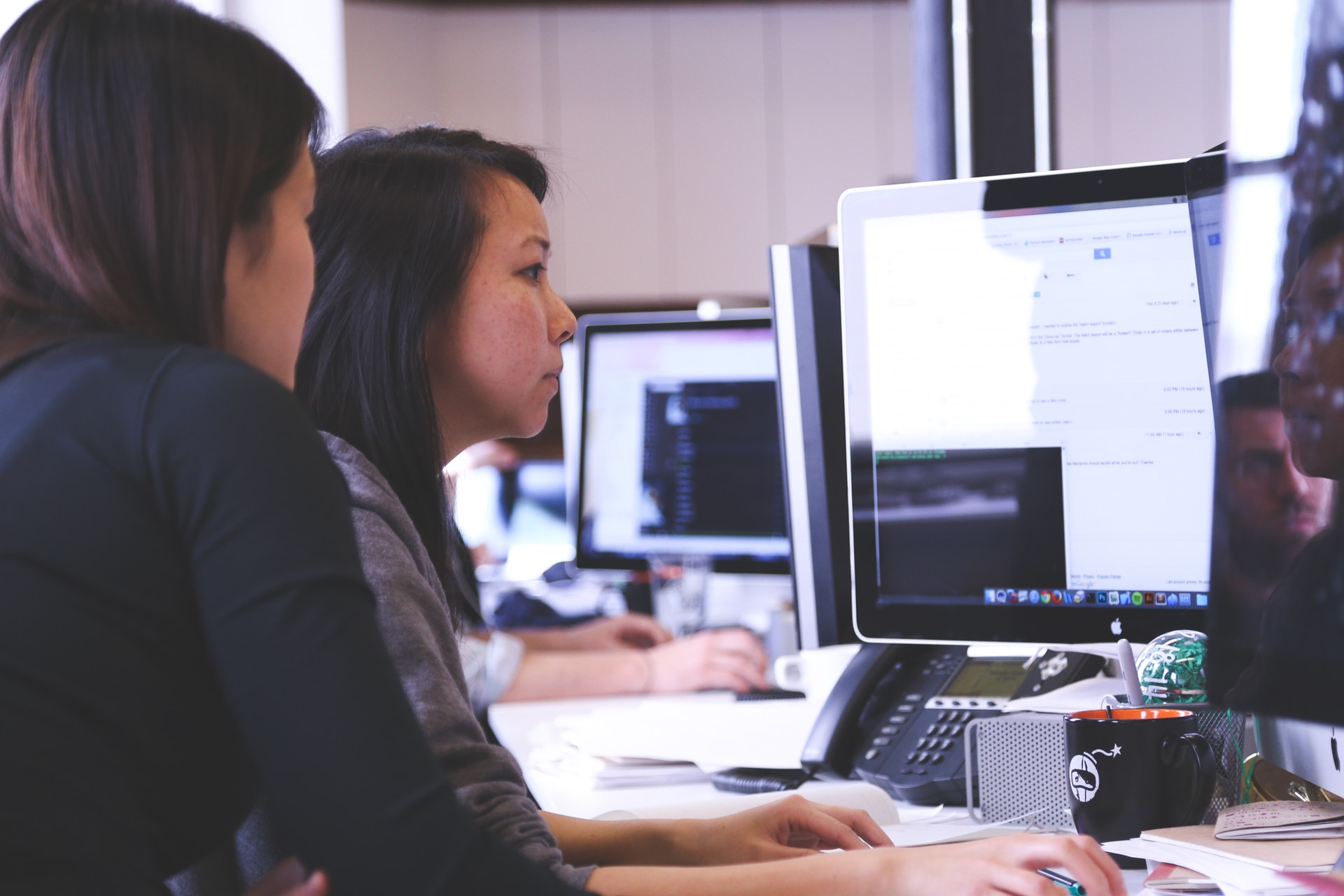Embracing Technology and Bring Dynamism to Your Workforce
Decision makers can bring dynamism to their workforce in 2016 by embracing technology. Paul Statham, CEO and Founder of workplace technology expert Condeco Software, examines the office trends of 2016.

The office world is changing beyond recognition. Within a generation, the cigarette smoke-filled paper world has been streamlined and replaced by one of personal computers, tablets and clouds. As we move further away from the traditional hierarchical structures of the past, to a much flatter organisation, the need for new technological solutions facilitating this framework becomes more pressing.
In 2016, business leaders will be increasingly turning towards innovative tech to create a full picture of their companies’ office and meeting room requirements. This wider viewpoint of how their workplace operates will not only allow decision makers to rescale their office space and make significant savings in running costs globally, but also introduce lasting organisational change fostering better working cultures and environments across the world.
- Dynamic Working
One of the main office trends is the push for dynamic working, necessary to accommodate a younger and more tech-savvy workforce that does not share the idea that they should be sat at their desk all day to prove they are doing a good job, but who feel rather that they should be up and about, keeping in touch with colleagues and clients anywhere and at anytime through the use of mobile technologies.
Dynamic working also reduces the need for desks and meeting rooms, which can be an expensive business as they often remain under-utilised, as highlighted by a study by Condeco Software which discovered that overall desk utilisation is as low as 58 per cent.
- Hot Desking
Hot desking offers another solution to office space waste, as it renders unused space immediately available and allows for a smaller number of desks. Furthermore, hot desking can also contribute in the push for a less hierarchical organisational culture, as senior and junior employees share more and more desk-space together, which encourages a more collaborative and informal working culture.
By utilising the power of technology and gathering vital analytics, companies can redesign their working space according to the newest organisational needs. This can promote better communication, improve collaboration, and help create a streamlined work environment.
- Flexible Working
At the same time, hot desking and dynamic working fit perfectly well with new trends in flexible working, where working from home or from different locations is becoming more and more common. This trend is only set to increase in 2016, as 82 per cent of managers believe that flexible working benefits their business.
However, flexible workers do need to return to the office from time-to-time, so it is vital to have a system in place which allows workers to easily check where available desk space is, rather than having to search around the office looking for an empty chair.
- Greater Internationalisation
Businesses also need to adapt to the greater internationalisation of workforce. Technology can enable overseas workers to find a place to work in any foreign office while on a business trip, helping firms overcome one of the complications intrinsic to transnational teams. It can also help foster greater interaction and unity in dispersed teams.
- Big Data and Artificial Intelligence
Another growing trend is the current push for big data and artificial intelligence, whereby data can be stored an analysed in order to inform business decisions. The reliance on data and automated systems is becoming ever more pressing and, in the future, many more management solutions will be performed by automated intelligent systems, capable of gathering and processing data.
Previously innocuous human tasks, such as booking a meeting room, could now be conducted by smart systems. By using intelligent systems, allocating work-space efficiently, and utilising big data, companies can implement the required workplace changes needed to succeed in the 21st century.